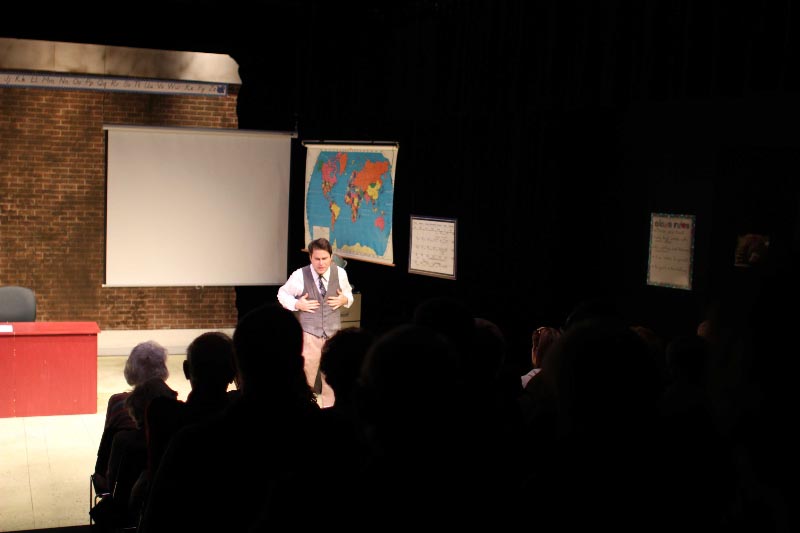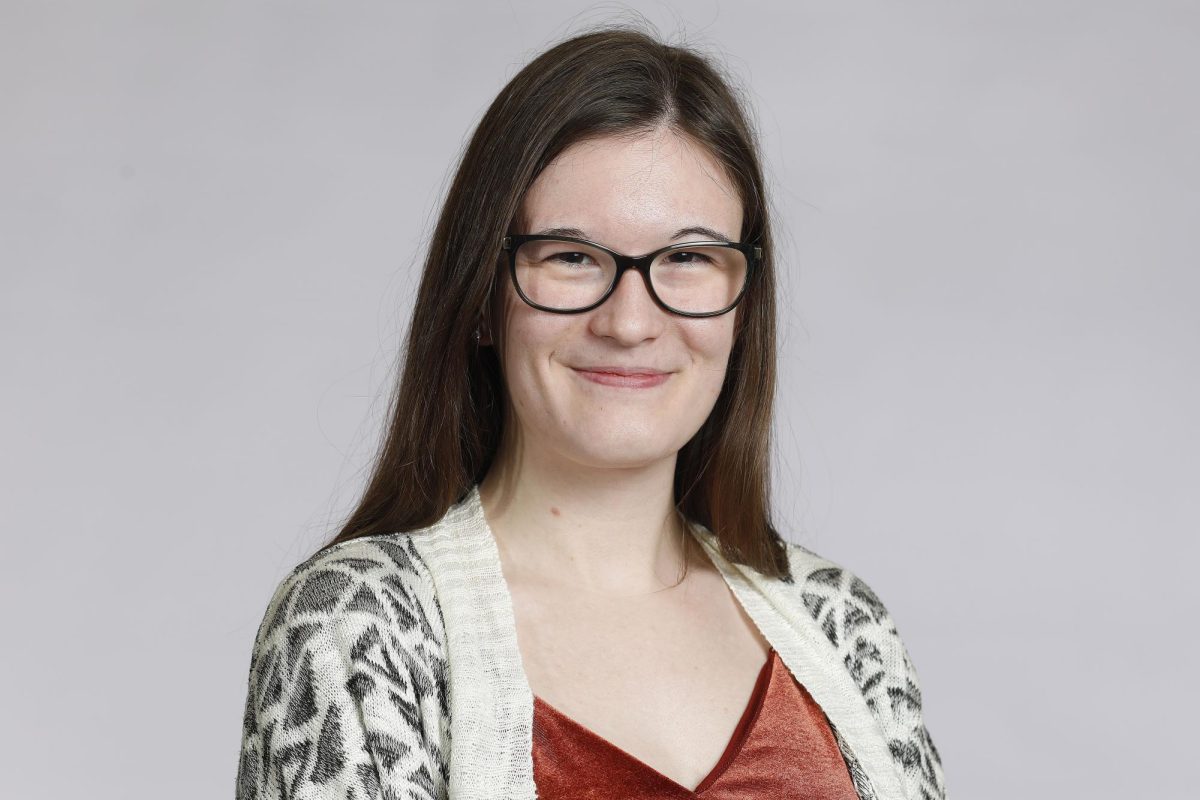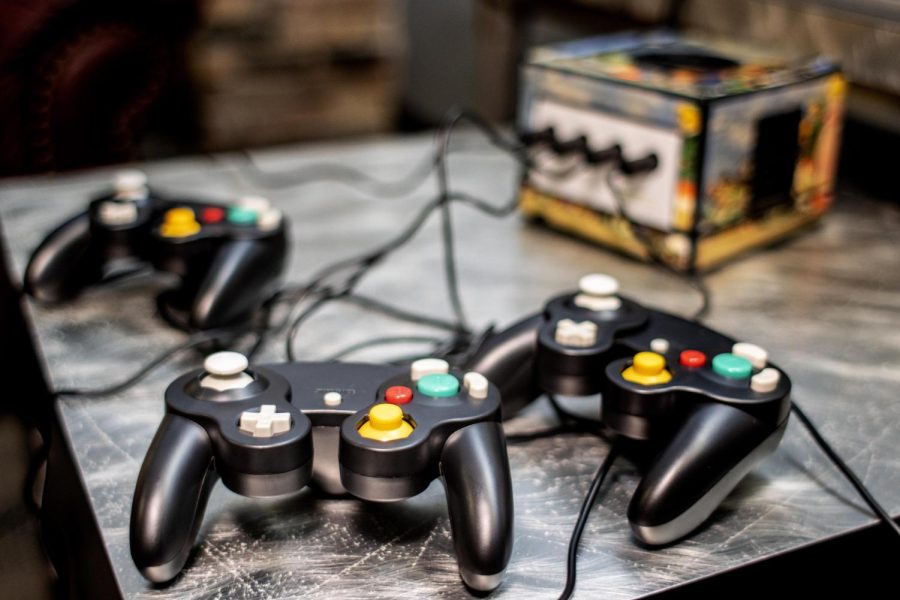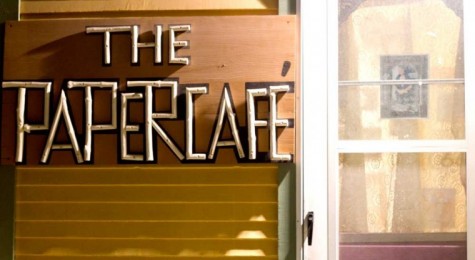Doudna’s delay: building had 9-year wait
About 12 years ago, the Doudna Fine Arts Center steps and the building they are connected to did not exist.
In 2000, plans for the building began.
In 2002, the theatre, art and music departments moved into temporary locations, but construction did not begin until 2005.
In 2008, the building opened its doors after a nine-year wait.
The Doudna story is one of politics, finances and a whole generation of Eastern students, faculty and staff.
The university began with plans to renovate the current fine arts building, which was three times smaller than the current fine arts center that stood in the same place.
Dan Crews, the director of patron services at Doudna, was working in Eastern’s public relations department during the renovation and said the plan for a new building came “out of the blue” for him, but he knew they needed a new building.
“The old building had run its course, and we had become more sophisticated in the years since it was built,” Crews said. “The dean pulled us all together and said ‘if you had a dream list for the building, what would be in it?’”
Glenn Hild, chairman of the art department, was a professor when the original concept of a new building was conceived.
“(The old building) was outdated and not appropriate for the work we were doing at the time,” Hild said. “The ventilation was poor; the spaces were small, and there was very little storage.”
In 2001, the final plans for the project was revealed and was designed by Antoine Predock, an architect from New Mexico.
Crews said he clearly remembers the day the final plans were revealed: Sept. 18, 2001.
“It was a week after 9/11, and they wouldn’t let him take the model on the plane,” Crew said. “They had to drive it from New Mexico.”
Crews said as a tribute to the Sept. 11 attack, Predock added an American flag to the top of the model.
“It was just his way of paying tribute,” Crews said. “We were all still hurting at that time.”
In 2002, the art, music, and theater department were relocated in order for construction to begin.
Art history classes were taught in various locations on campus, and art education classes were taught in the McAfee Gymnasium.
Hild said despite a few issues, the location was an improvement of where the art department had been working.
The studio arts were relocated to a currently abandoned storefront near where CVS Pharmacy used to be, prior to its new building. The location was called Art Park West.
“The walls were only 8-feet high, and the ceiling was 14-feet so no one could play their radio too loud,” Hild said. “We had to hire a student worker to watch the door and have people sign in and out for security reasons.”
The music department was relocated to McAfee, and the theater department was moved to what it is now Twice is Nice on 18th Street. It was called The Village Theater.
“It was a lot a like the Black Box Theater is now,” Crews said. “It was very theater in the round.”
Panther Shuttle routes were re-arranged in order to transport students to the adjunct campuses.
Despite the move, construction did not begin until 2006.
At this time, Illinois faced a recession, and all capital projects came to a halt, including Doudna, which sat empty for four years before construction began again.
President emeritus Lou Hencken was in office at this point and said he worked with state legislators to get the funds released.
“It was the first time Illinois realized it was spending more than it was taking in,” Hencken said. “It was up to the university to see as many people as we could to get the funds released.”
In 2006, Hencken received a fax telling him the governor had authorized the funds.
Construction then began.
“I just remember it being like someone firing off a starter pistol,” Crews said. “It was the first step—construction had started—and we knew the wait would be over soon.”
Building began, but there was still one final obstacle: the steps, which had been cut from the design when the university realized it could not afford them. But that changed when the university received an anonymous gift.
“Those are the days that are good to be a university president,” Hencken said. “My first thought was ‘we can put the steps back in.’”
The name of the donor was never revealed.
Doudna opened its doors in the fall of 2008. The rest is history.
Amy Wywialowski can be reached at 581-2812 or alwywialowski@eiu.edu.

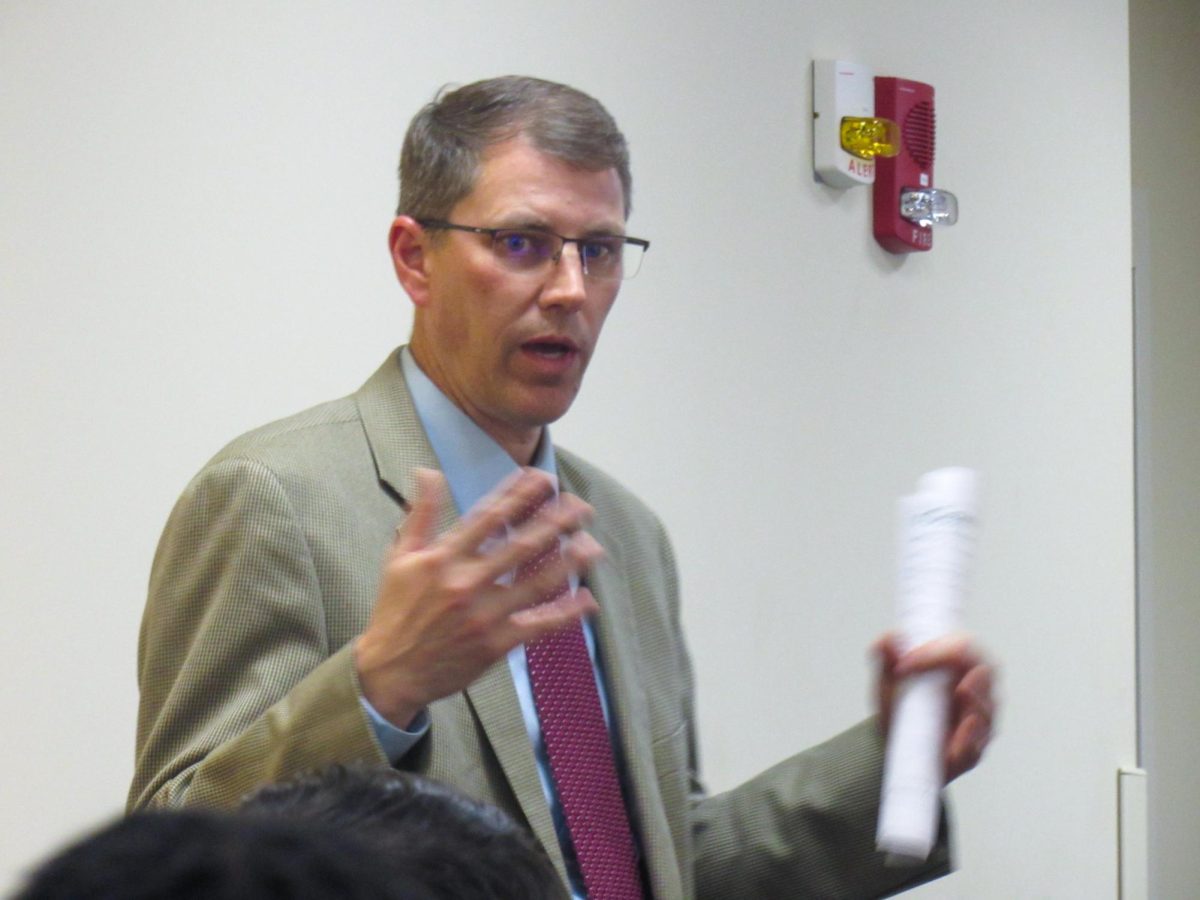
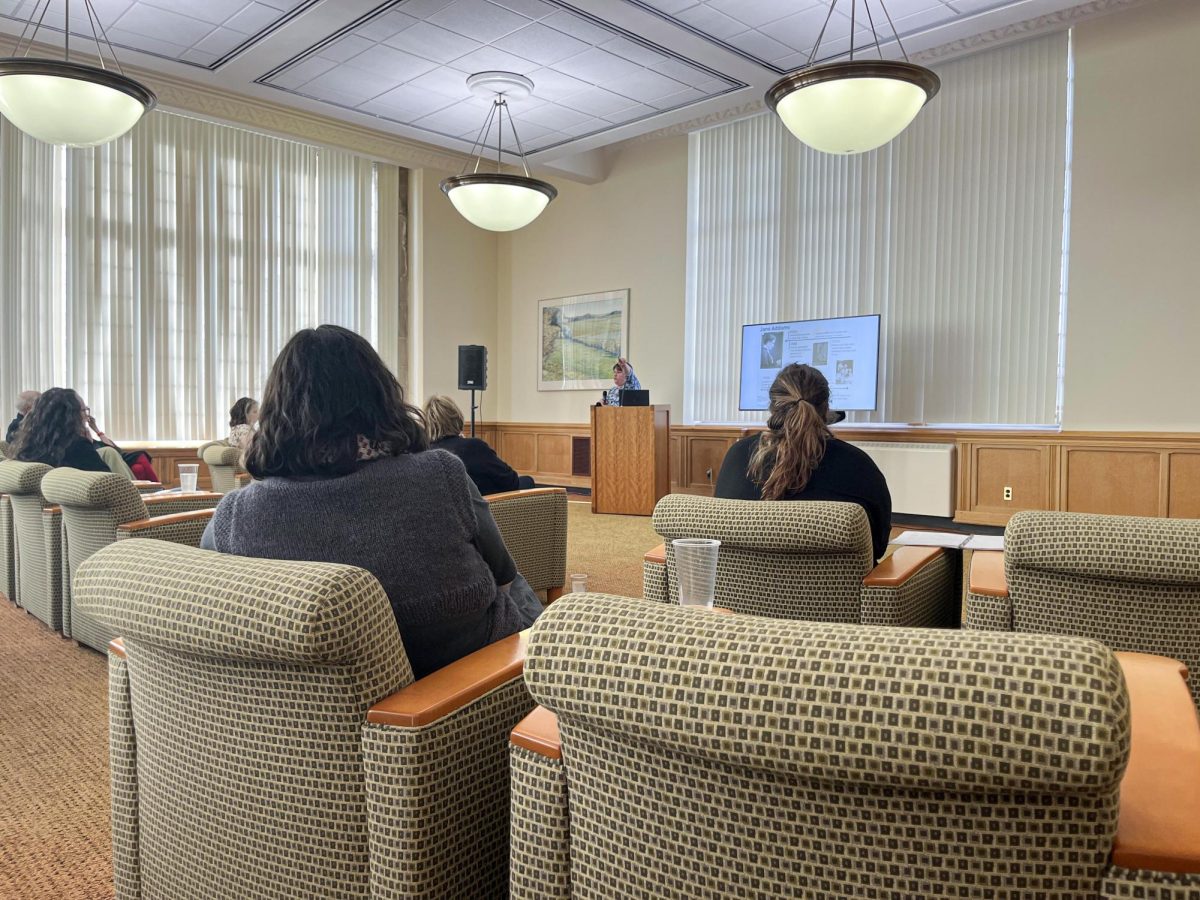
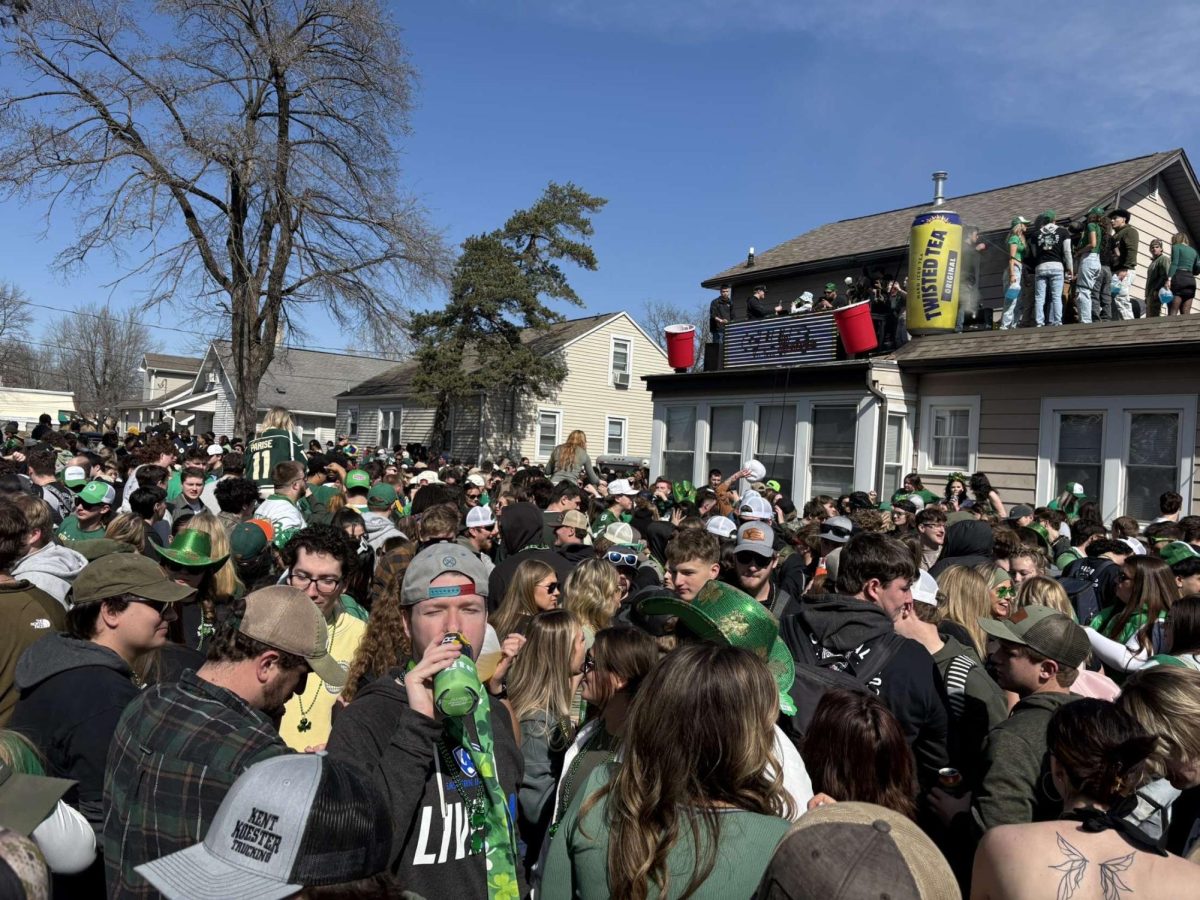

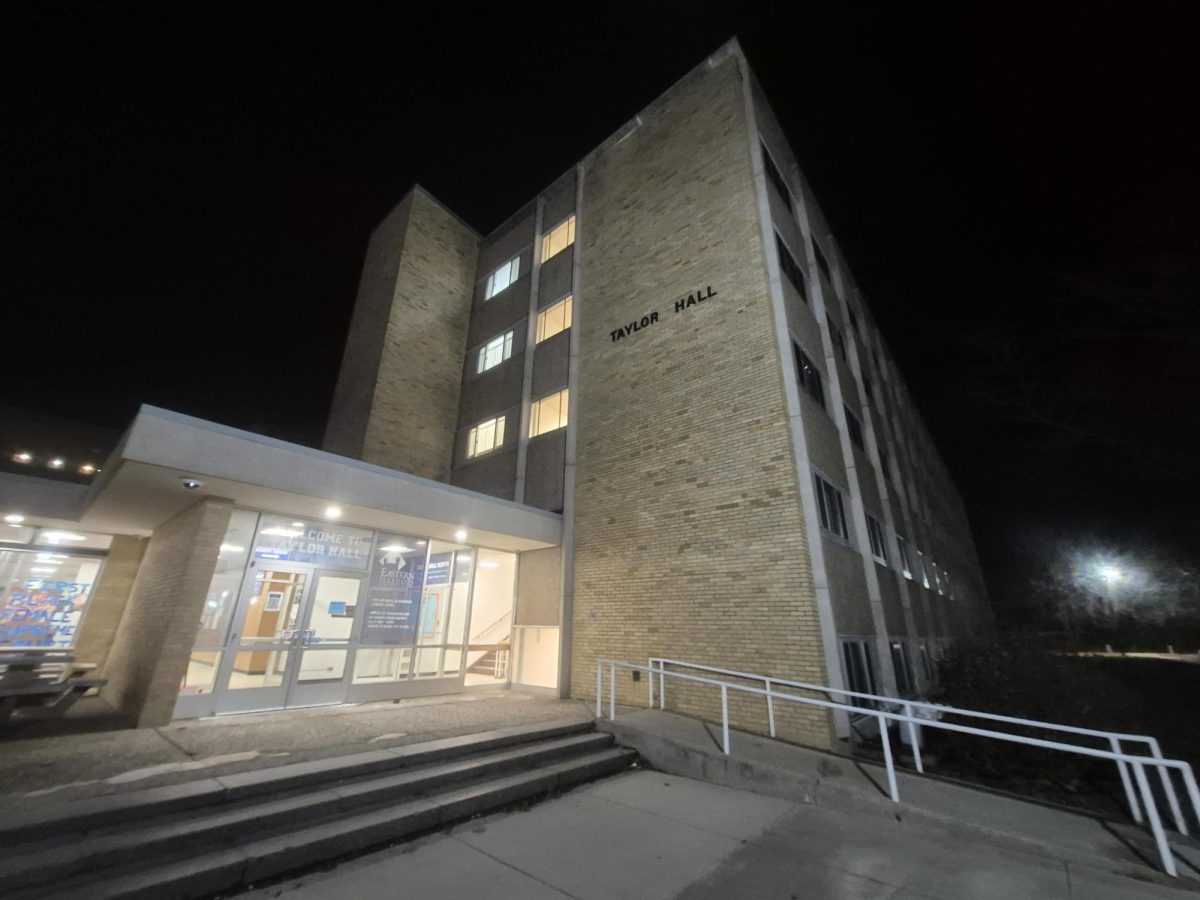
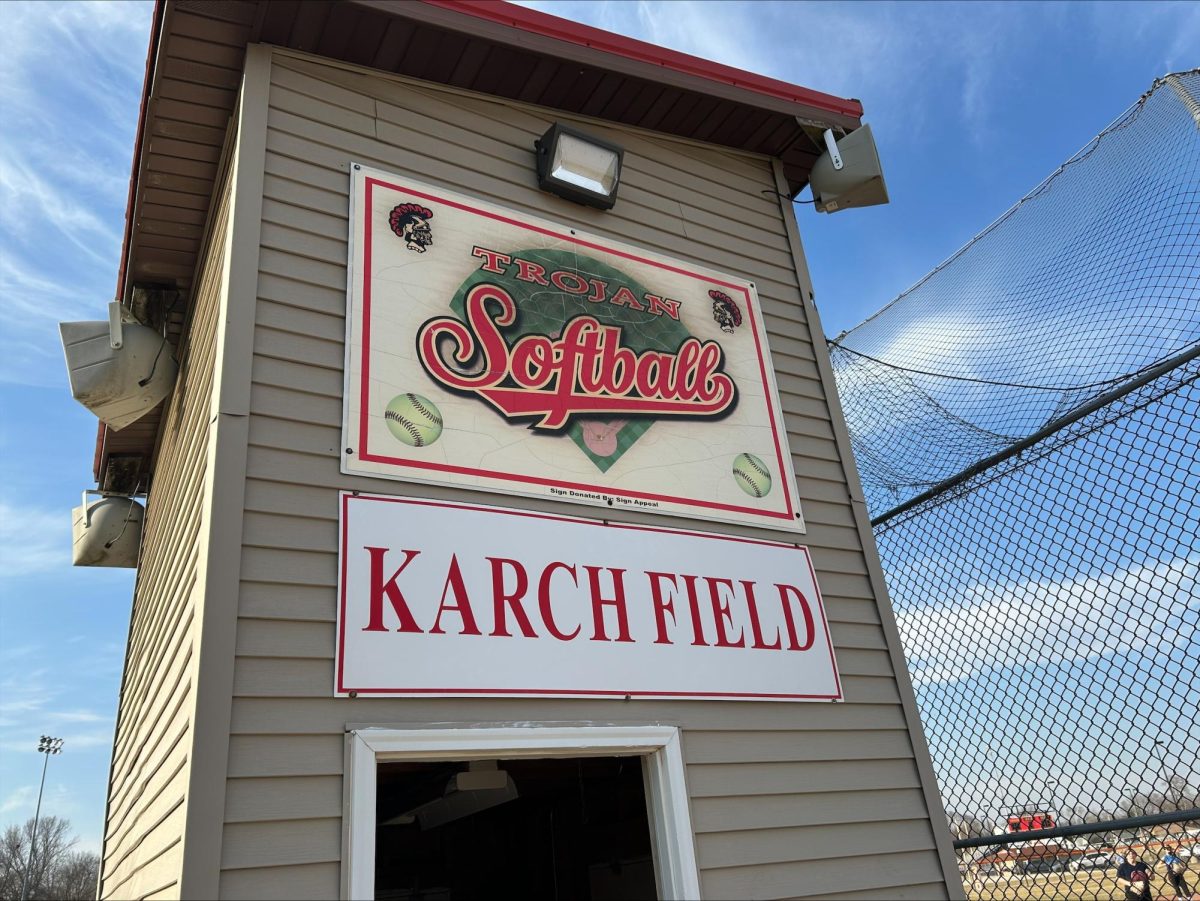

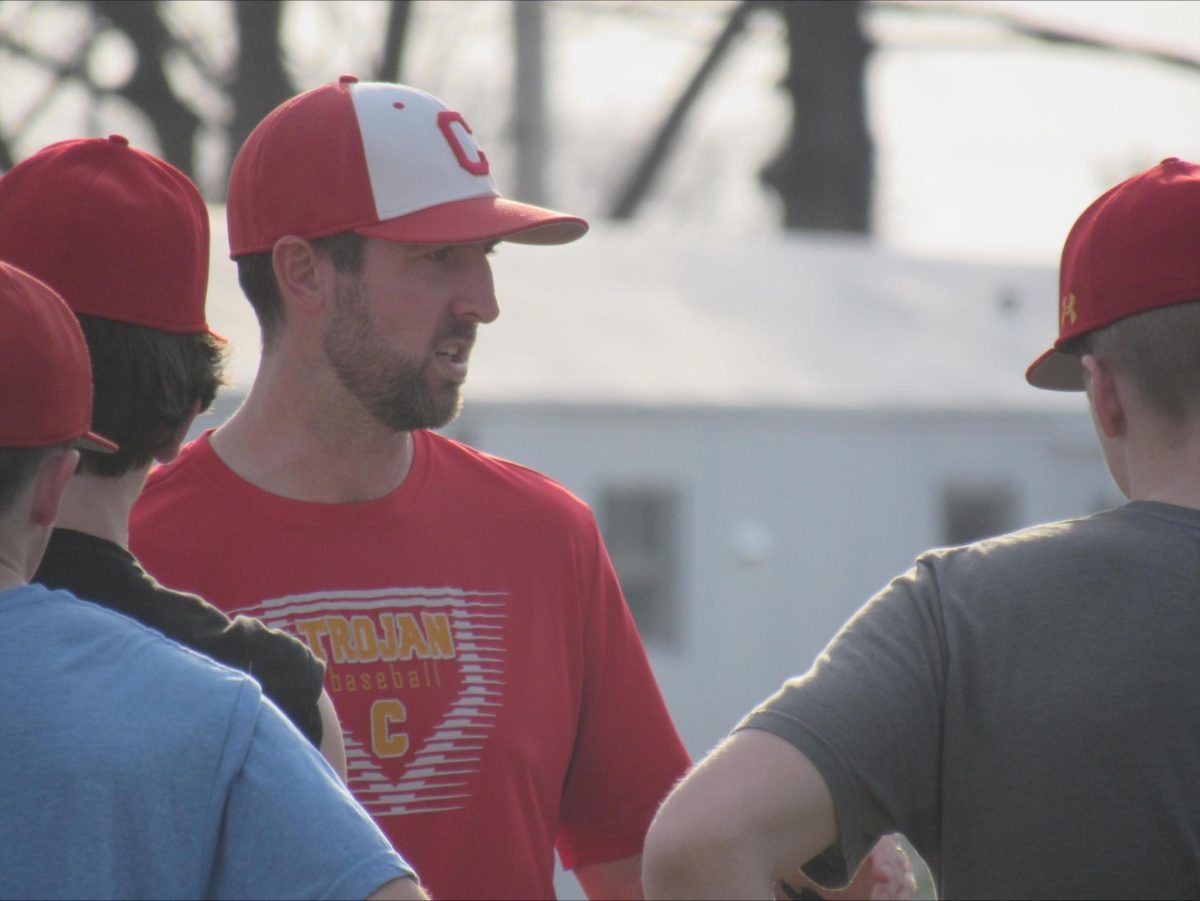
![[Thumbnail Edition] Eastern Illinois University baseball's hitting coach and recruiting coordinator Mike Pugliese urges players on the team to increase their effort after a slow start to its pregame routine at the team's first intrasquad scrimmage of the season at O'Brien Field on Jan. 31, 2025.](https://www.dailyeasternnews.com/wp-content/uploads/2025/03/BB_02_O-1-e1741909628540-1200x702.jpg)
![[Thumbnail Edition] Senior tennis player Luisa Renovales Salazar hits the tennis ball with her racket at the Darling Courts at the Eastern Illinois University campus in Charleston, ILL.](https://www.dailyeasternnews.com/wp-content/uploads/2025/03/Tennis_01_O-1-e1741807434552-1200x670.jpg)
![[Thumbnail Edition] Senior right-handed pitcher Tyler Conklin pitching in the Eastern Illinois University baseball team's intrasquad scrimmage at O'Brien Field in Charleston, Illinois on Jan. 31.](https://www.dailyeasternnews.com/wp-content/uploads/2025/03/TC_01_O-e1741567955534-1200x669.jpg)




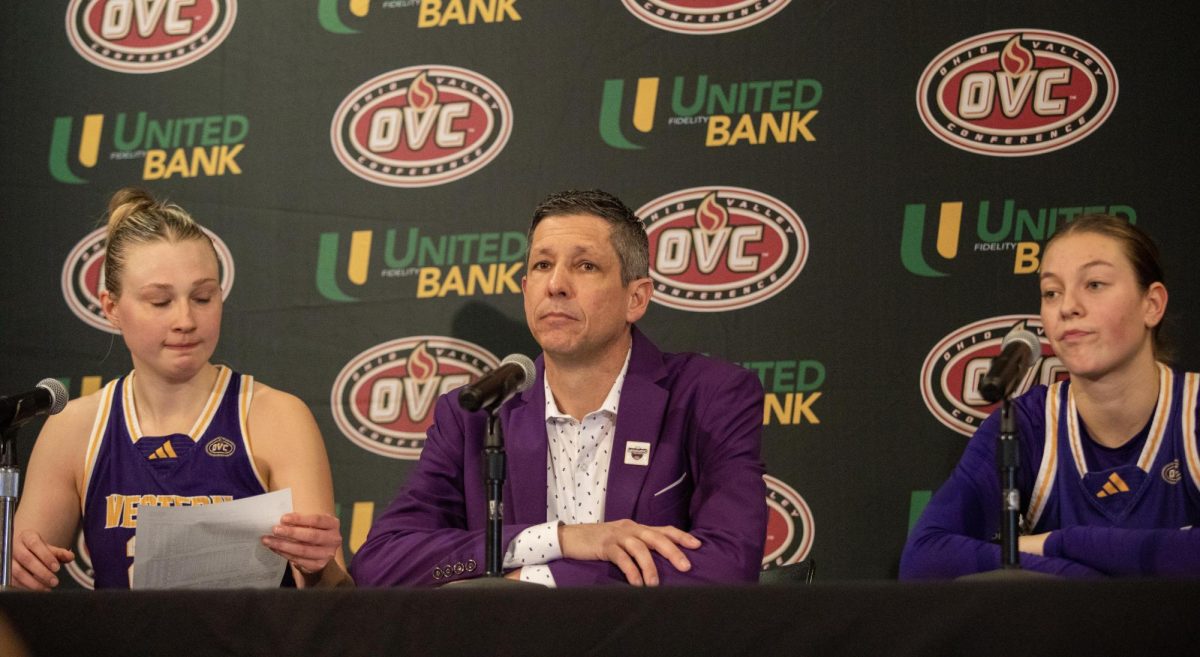
![[Thumbnail Edition] Senior, forward Macy McGlone finds an open teammate to pass the ball too during the game against the Tennessee State Tigers 69-49, in Groniger Arena on the Eastern Illinois University campus, Charleston Ill.](https://www.dailyeasternnews.com/wp-content/uploads/2025/03/WBB_02_O-1-e1741228987440-1200x692.jpg)


















![E[Thumbnail Edition] Eastern Illinois softball freshman utility player Abbi Hatton deciding to throw the softball to home plate in a fielding drill during softball practice at the field house in Groniger arena on Tuesday Feb. 11.](https://www.dailyeasternnews.com/wp-content/uploads/2025/03/SB_03_O-e1741208880750-1-e1741209739187-1200x815.jpg)

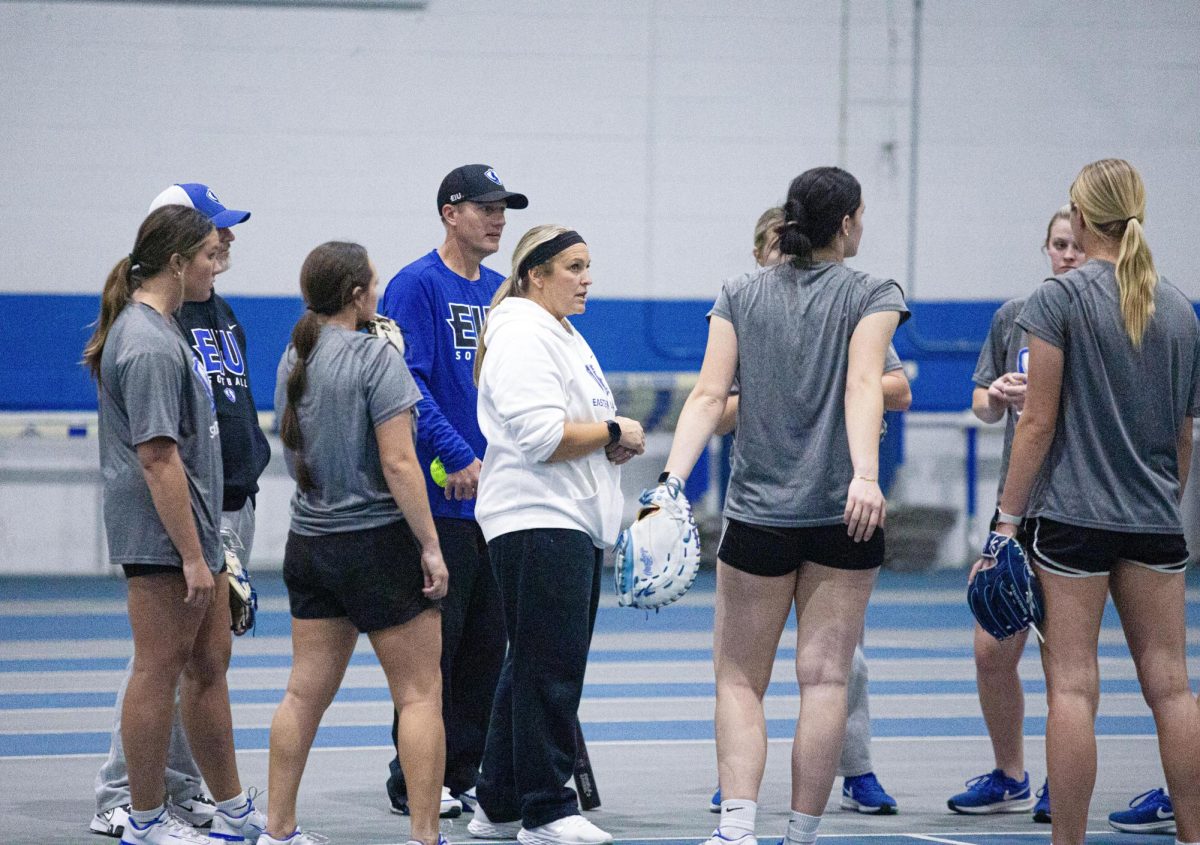













![The Weeklings lead guitarist John Merjave [Left] and guitarist Bob Burger [Right] perform "I Am the Walrus" at The Weeklings Beatles Bash concert in the Dvorak Concert Hall on Saturday.](https://www.dailyeasternnews.com/wp-content/uploads/2025/03/WL_01_O-1200x900.jpg)
![The team listens as its captain Patience Cox [Number 25] lectures to them about what's appropriate to talk about through practice during "The Wolves" on Thursday, March 6, in the Black Box Theatre in the Doudna Fine Arts Center in Charleston, Ill.](https://www.dailyeasternnews.com/wp-content/uploads/2025/03/WolvesPre-12-1200x800.jpg)


